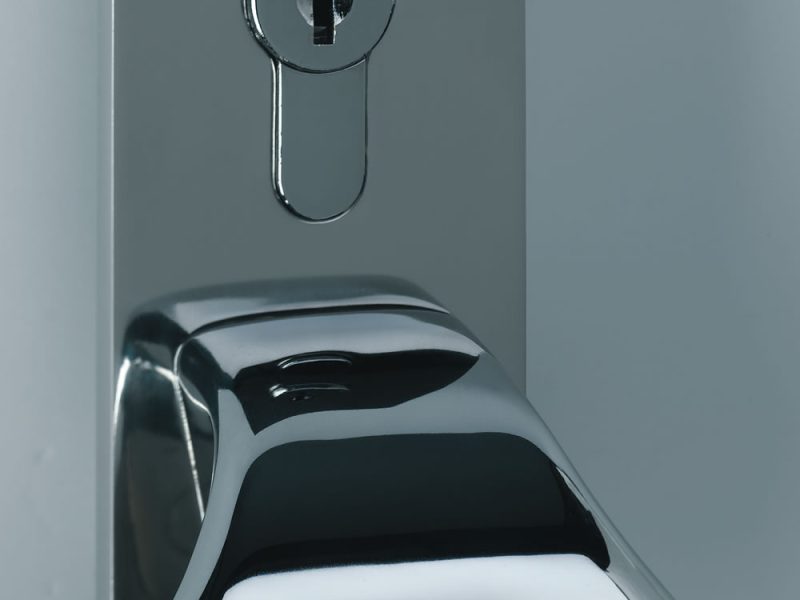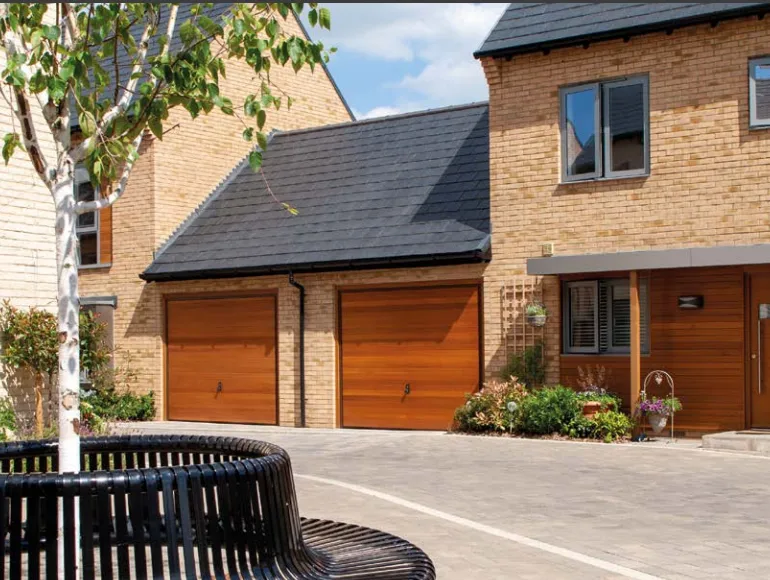
Timber - PVC - Aluminium - Windows, Doors & Conservatories in Hampshire
Daylight robbery: did it really come from the window tax?
Daylight robbery: did it really come from the window tax?
📌 Key Takeaways
- The Meaning: To say something is “daylight robbery” is to view it as grossly overpriced or a complete rip-off.
- Short Answer: Did it come from the window tax? Probably not. The phrase appears in the 20th century, long after the tax was repealed.
- The Window Tax: Active from 1696 to 1851, this was a progressive property tax based on the number of windows a house had.
- The Legacy: Property owners bricked up windows to lower their tax band, leaving a visual legacy seen on Georgian buildings today.
Did the phrase “daylight robbery” really come from the window tax?
Most of us have used the phrase when we feel we are being ripped off or charged too much for something. The short answer to its origin is: probably not the window tax. While the window tax (1696–1851) famously led many homeowners to brick up their windows to save money, the first solid records of the phrase “daylight robbery” only appear in the 20th century—long after the tax was repealed.
It is a persistent myth with a kernel of truth about paying for light, but the evidence is certainly not conclusive.
Table of Contents
1. Was the term “daylight robbery” from the days of a window tax?
Evidence of the impact of the window tax can still be seen around the United Kingdom on Georgian properties today. The window tax was a property tax based on the number of windows in a home. To avoid the tax, homes from the period can be seen to have bricked-up window apertures.
It was introduced in England and Wales in 1696 and was finally repealed in 1851 after pressure from doctors and campaigners who argued that lack of light and fresh air was a source of ill health. This repeal came 156 years after the tax was first introduced.
For deeper historical context, you can read the original debates in the Parliamentary Archives (Hansard) External.
“Neither air nor light have been free since the imposition of the window tax. We are obliged to pay for what nature lavishly supplies to all, at so much per window per year…”
— Charles Dickens, 1850
2. A Tax on Light?
By 1718, it was noted that the tax wasn’t raising as much money as hoped because people were blocking up their windows, and new houses were being built with fewer windows to avoid the tax. Because it was described by some as a “tax on light,” it is easy to see why the term “daylight robbery” is thought to have originated here. Blocking up windows was, quite literally, robbing a room of daylight.
However, modern usage of the term specifically refers to the feeling that something is overpriced or that you are being ripped off. According to the Oxford English Dictionary, this phrase was first recorded in 1949, many years after the “window tax” ended, which places doubt upon the historical link. Other sources suggest the phrase originates from at least 1916, when it was mentioned in the play Hobson’s Choice.
3. How the Tax Worked
The tax was intended to be a progressive tax. Houses with a smaller number of windows (up to ten) were subject to a two-shilling house tax but were exempt from the window tax itself. Houses with more than ten windows were liable for additional taxes which increased in line with the number of windows.
- 10–20 Windows: Paid an extra four shillings.
- 20+ Windows: Paid an extra eight shillings.
The basic principle was that poorer people, who were more likely to live in houses with fewer windows, were taxed less. However, the legacy of this tax—bricked-up windows—remains a common sight in British architecture. You can see examples of this in the National Archives External.
4. Modern “Fake” Bricked-Up Windows
Interestingly, modern houses are currently being built with “fake” blocked-up windows as an architectural feature, supposedly to add character to new build estates. It is ironic that what was once a desperate measure to save money is now used as a cosmetic enhancement to the look of a property.
5. Daylight Robbery FAQs
In modern conversation, the phrase is viewed to mean that something is overpriced or you are being ripped off. It implies the cost is so high it feels like a crime committed in broad daylight.
It is widely claimed, but the earliest secure uses are from 1916 (literal daylight robbery) and 1949 (figurative price‑gouging), long after the tax was repealed in 1851—so the origin is doubtful.
The tax ran in England & Wales from 1696 to 1851, and in Scotland from 1748. It was repealed in 1851 after public‑health concerns were raised regarding the lack of light and air in properties.
Originally, this was done to reduce tax liability by lowering the number of “active” windows on a property. Sometimes it was also done for façade symmetry (blind windows), a practice that actually predates the tax.
Occasionally, yes. Some developers add faux bricked‑up panels for a “period” aesthetic, though this design choice often divides opinion.
📚 Related Reading: Heritage & Efficiency
If you own a period property with bricked-up windows or draughty glazing, you don’t have to sacrifice comfort for history. Explore our solutions for older homes:
- 2026 Design Trends: The 4 Window & Door Styles Defining the Year - 19 December 2025
- The 2026 Glazing Outlook” – High-level summary of the pivot to growth. - 9 December 2025
- Industry News: The Future Homes Standard 2025 & What It Means for Your Windows - 1 December 2025














